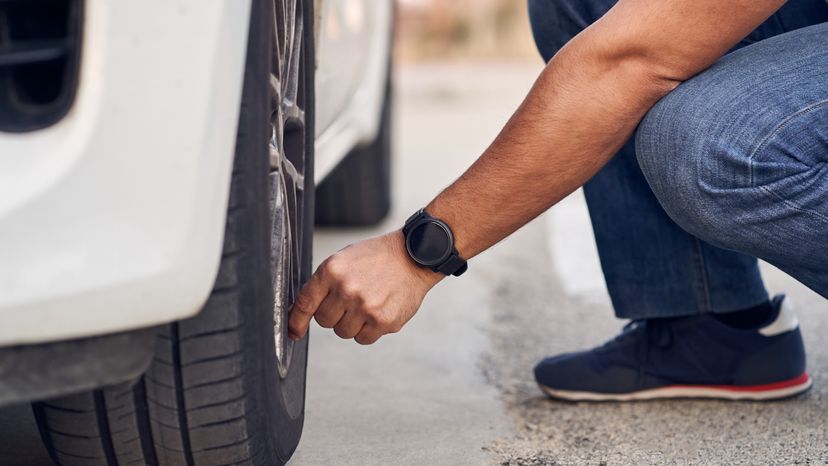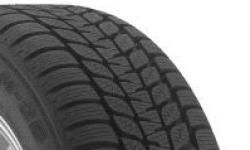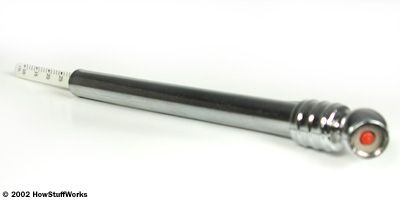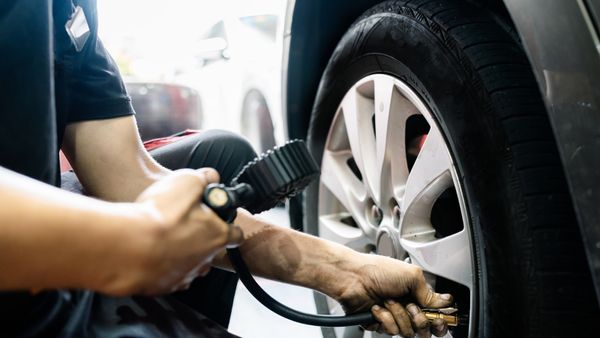
The next time you get in your car, take a close look at the tires. You will notice that they are not really round. They are squished at the bottom. The flat spot on the bottom where the tire meets the road is called the contact patch.
If you were looking up at a car through a glass road, you could measure the size of the contact patch. You would multiply the length of the contact patch by its width to get the area, then add up area for all four tires to get the total area of the contact patch.
Advertisement
For your 2-ton (4,000 lb) car, you will find that the area of the contact patch is about equal to the weight of the car divided by the tire pressure. In this case 4,000 pounds divided by 30 pounds per square inch equals 133 square inches. That may seem like a lot, but your car's tires are probably about 7 inches wide. That means that the contact patch for each tire will be about 4.75 inches long.
If you go outside and measure the size of the contact patch, you will probably find that it is actually even bigger than this. You can measure the width of the tread pattern anywhere on the tire to get a pretty good idea of the width of the contact patch. To get the length, take two sheets of paper and slide them under the front and back of a tire until they won't go any farther. Now measure the distance between the two pieces of paper.
The reason that the contact patch is even bigger than this calculation suggests is that, at the back and front edge of the contact patch, the pressure exerted on the ground is not very high. At the point where the tire is just barely touching the ground, almost no weight is supported. As you move toward the center of the contact patch, more and more weight is supported.
Now let's say you dropped the pressure in your tires to 7.5 psi, a quarter of what it was. You would find that your contact patch did not get four times bigger. This is where the stiffness of the sidewall of the tire comes in. When the pressure is this low the structure of the tire starts to bear some of the weight of the car.
Low-profile tires like sports car tires have short, stiff sidewalls, so these tires will tend to squish less than the big tires on SUVs and pickup trucks. In fact there are some tires that are so stiff they can run with no air pressure in them. These are called run flat tires.
Advertisement


